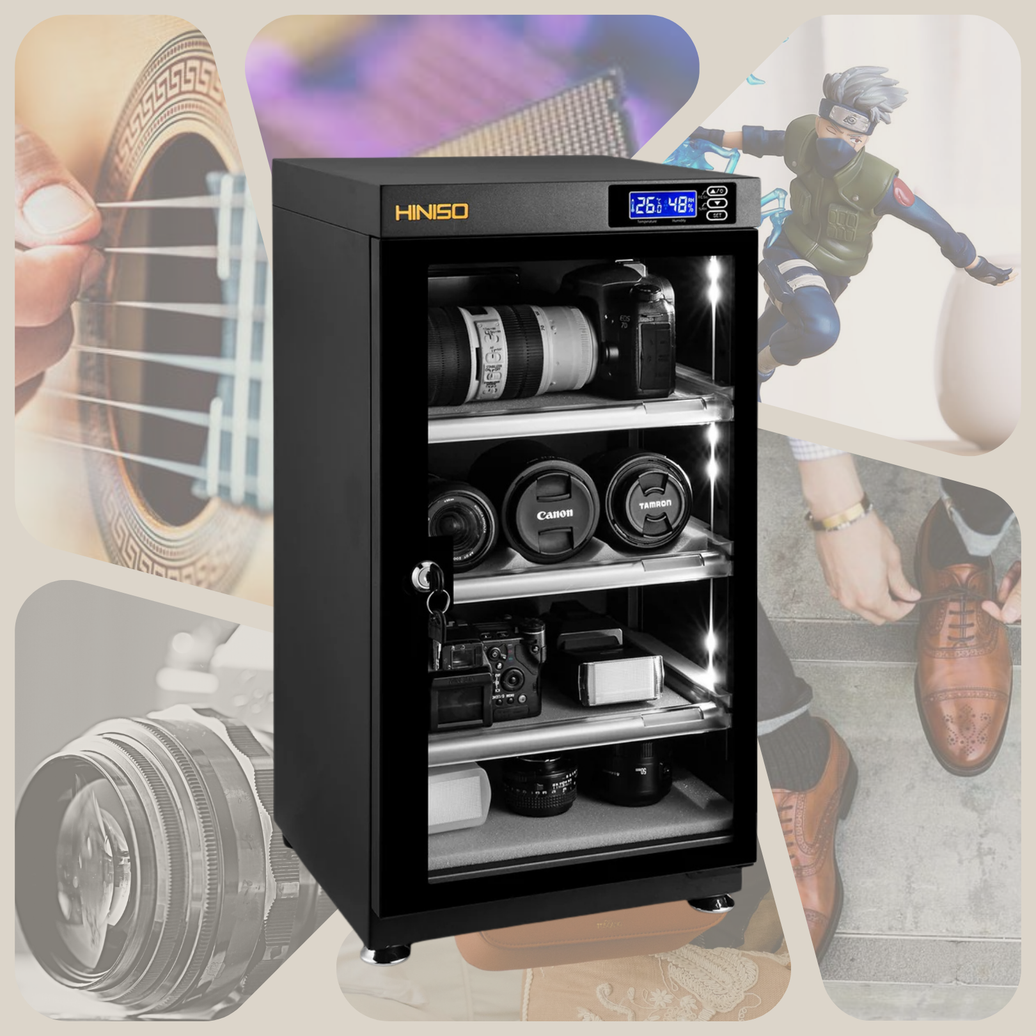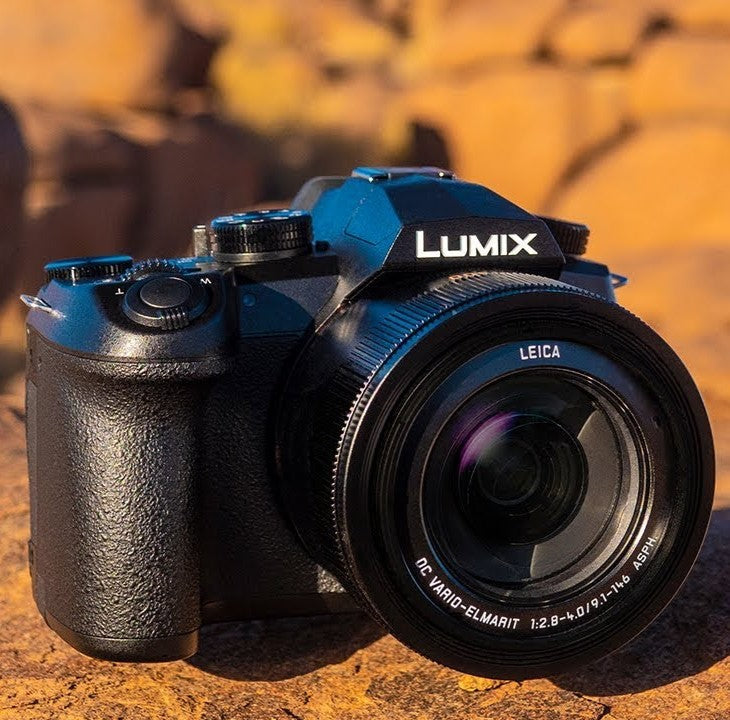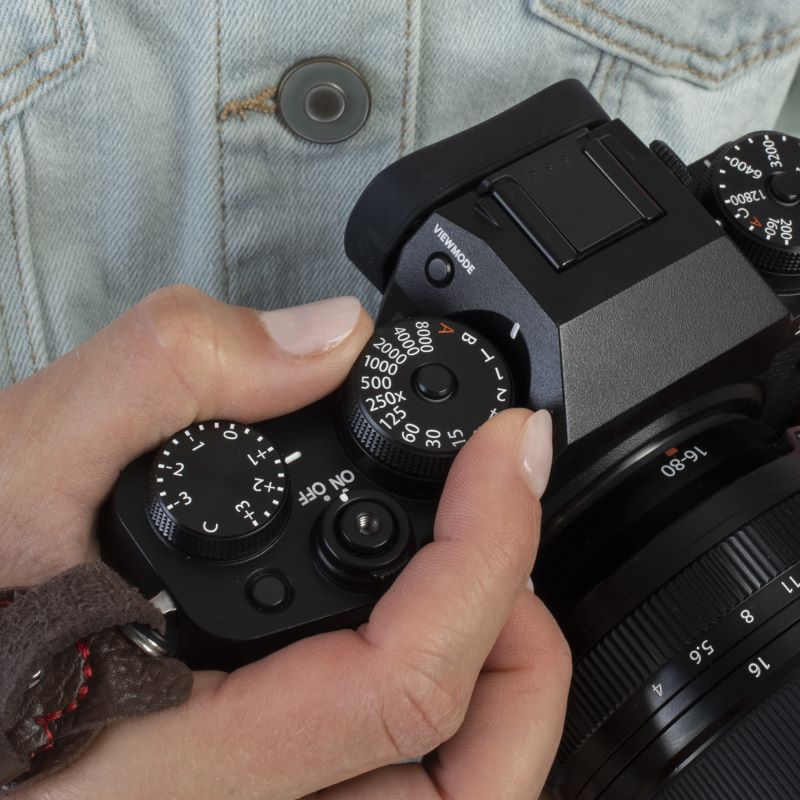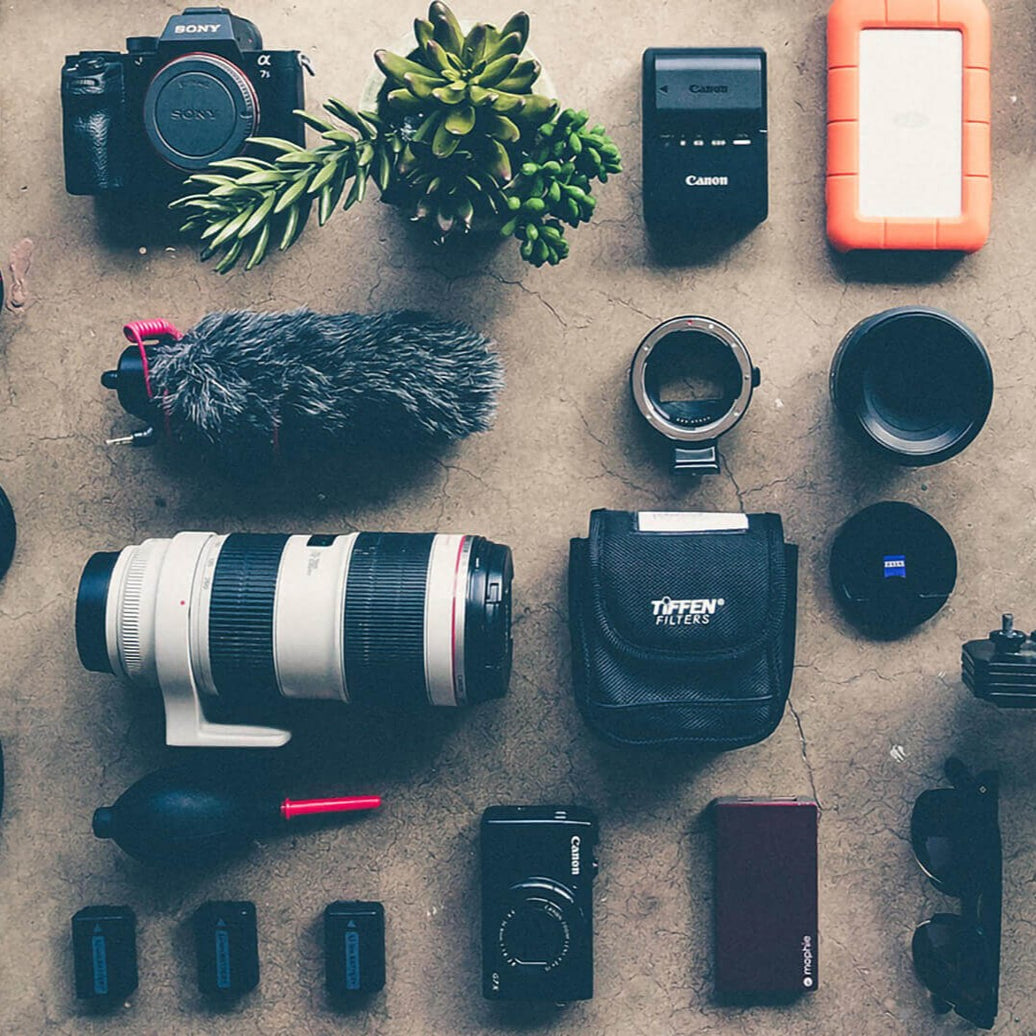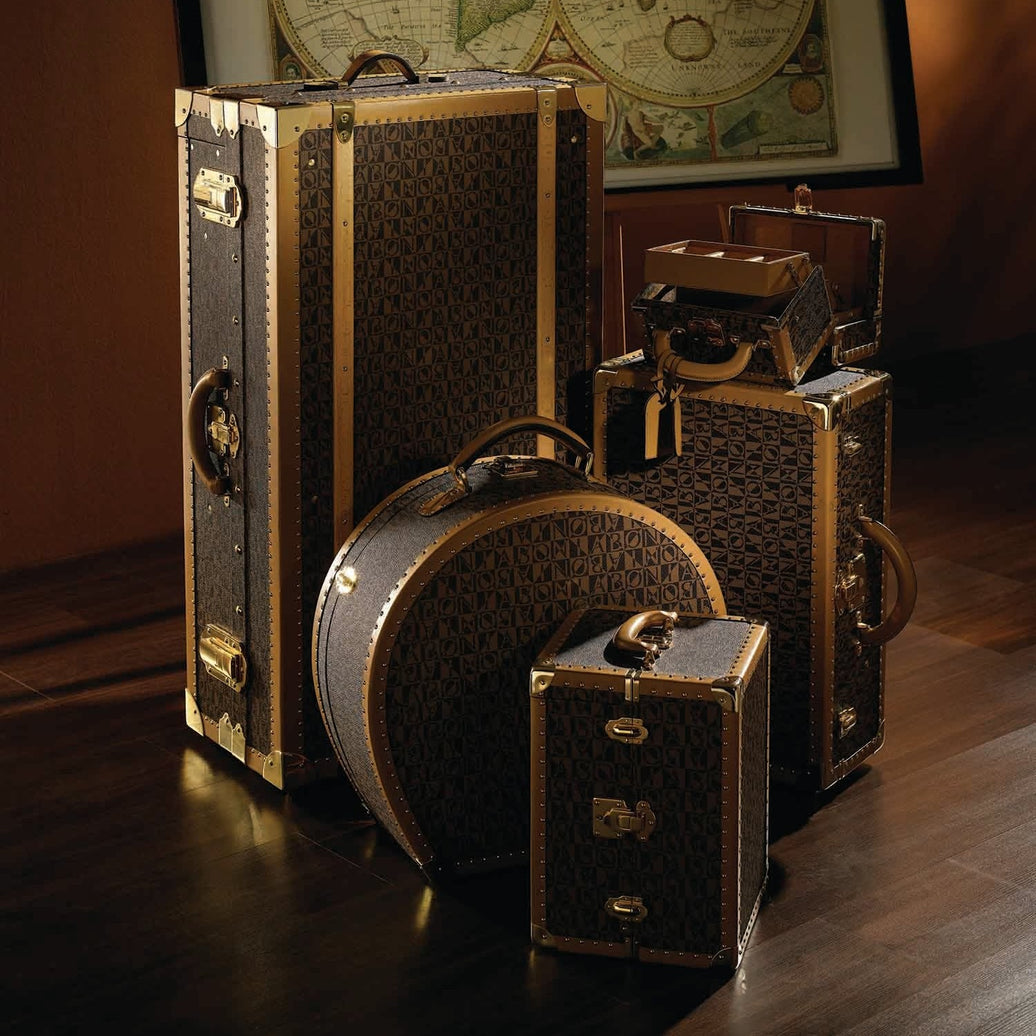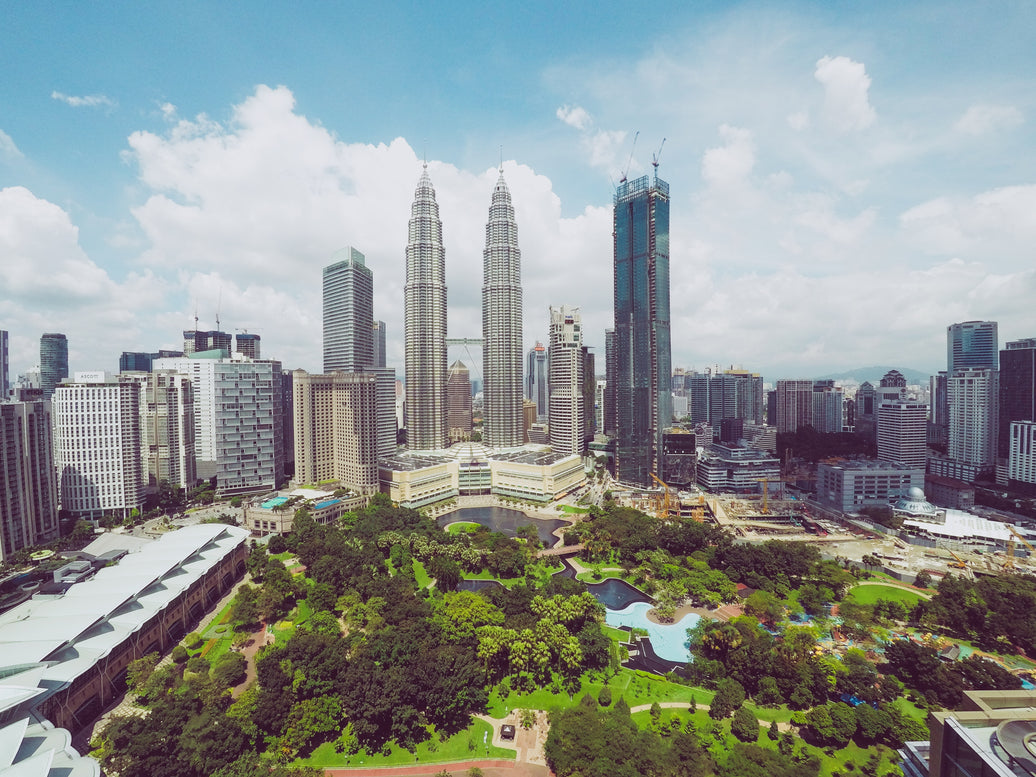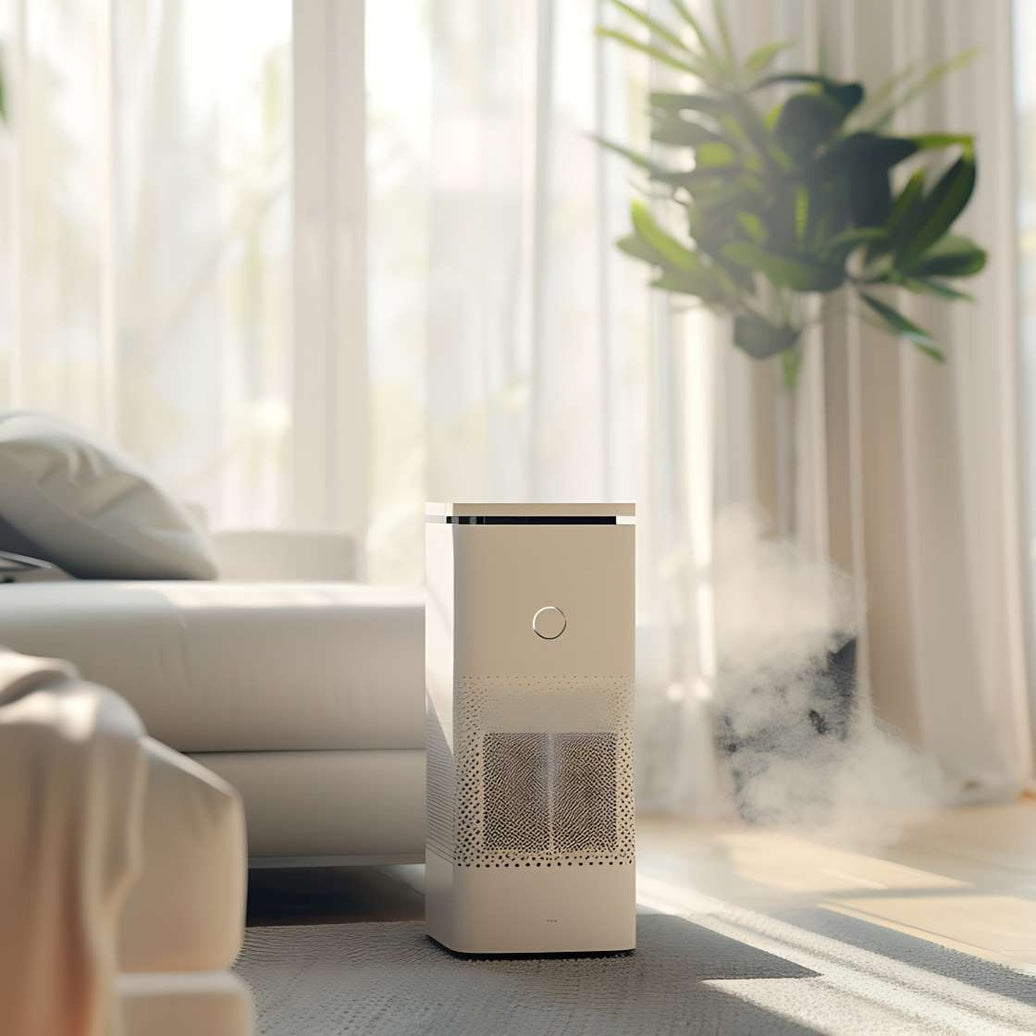So, you've decided to dip your toes into the exciting world of photography. First off, welcome! Whether you're looking to capture stunning landscapes, candid moments, or the perfect Instagram shot, the right gear is essential. But with so many options out there, where do you start? Don’t worry—I’ve got you covered. Let’s break down the basics of cameras and lenses, so you can make an informed decision and start snapping like a pro.
Choosing Your First Camera: DSLR vs. Mirrorless
When it comes to cameras, you’ll likely encounter two main types: DSLR (Digital Single-Lens Reflex) and mirrorless. Here’s a quick rundown:

-
DSLR Cameras: These are the traditional workhorses of the photography world. They come with an optical viewfinder and a mirror mechanism that reflects light from the lens into the viewfinder. DSLRs are known for their durability, battery life, and a wide range of available lenses. They’re perfect if you’re looking to get serious about photography.

-
Mirrorless Cameras: These are the newer kids on the block, featuring electronic viewfinders (or sometimes just the LCD screen) and no mirror mechanism. This makes them more compact and lighter than DSLRs. They’re also faster in some respects, offering silent shooting and better video capabilities. Mirrorless cameras are great if you want a portable option with modern features.

Understanding Lenses: Prime vs. Zoom
Next up, let’s talk lenses. Your camera is important, but the lens you choose will have an even greater impact on the quality of your photos. Lenses generally fall into two categories: prime and zoom.
-
Prime Lenses: These have a fixed focal length, meaning you can’t zoom in or out. While this might sound limiting, prime lenses are often sharper, faster (they let in more light), and more affordable than zoom lenses. They’re great for portraits, street photography, and low-light situations. A popular choice for beginners is a 50mm f/1.8 lens—often called the "nifty fifty"—which is versatile and budget-friendly.
-
Zoom Lenses: These offer a range of focal lengths in a single lens, allowing you to zoom in and out. Zoom lenses are incredibly convenient because you can cover a wide variety of shooting scenarios without changing lenses. A common starter zoom lens is the 18-55mm f/3.5-5.6 kit lens that often comes bundled with cameras. It’s a solid all-rounder for everything from landscapes to portraits.
![]()
Other Key Features to Consider
When choosing your first camera and lens, keep these factors in mind:
-
Sensor Size: The sensor is the part of the camera that captures light. Larger sensors (like full-frame or APS-C) generally produce better image quality, especially in low light. However, they also come with a higher price tag.
-
Megapixels: While more megapixels allow for larger prints and more cropping flexibility, don’t get too caught up in the numbers. A 16-24MP camera is more than enough for most beginners.
-
Autofocus System: A good autofocus system is crucial for capturing sharp images, especially for moving subjects. Look for a camera with fast and reliable autofocus.
-
Image Stabilization: This feature helps reduce blur caused by camera shake, especially in low-light situations or when using longer lenses. Some cameras have stabilization built into the body, while others rely on the lens.
The Importance of Proper Storage: Dry Cabinets
Now that you’ve got your gear sorted, let’s talk about keeping it in top shape. Photography equipment isn’t cheap, and one of the biggest threats to your investment is humidity. Enter the dry cabinet—a must-have for any serious photographer.
A dry cabinet is a humidity-controlled storage unit that protects your camera and lenses from moisture, which can cause mold growth, corrosion, and damage to the electronics. In humid climates, like Malaysia, storing your gear in a dry cabinet is especially important. It’s a small investment that can save you from costly repairs or even the need to replace your equipment.
Final Thoughts
Starting your photography journey is exciting, and with the right camera and lens, you’re well on your way to capturing incredible images. Remember, it’s not just about the gear—practice, experiment, and most importantly, have fun! And don’t forget to store your equipment in a dry cabinet to keep it safe and sound for years to come.
Happy shooting!








